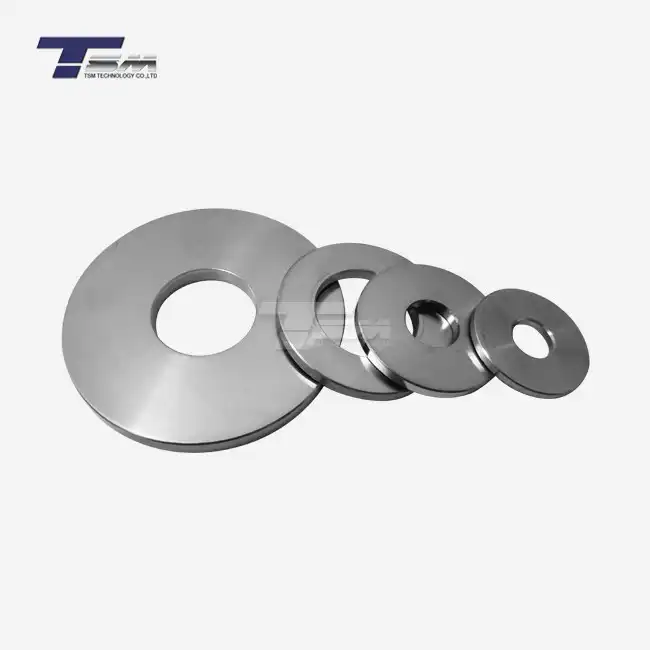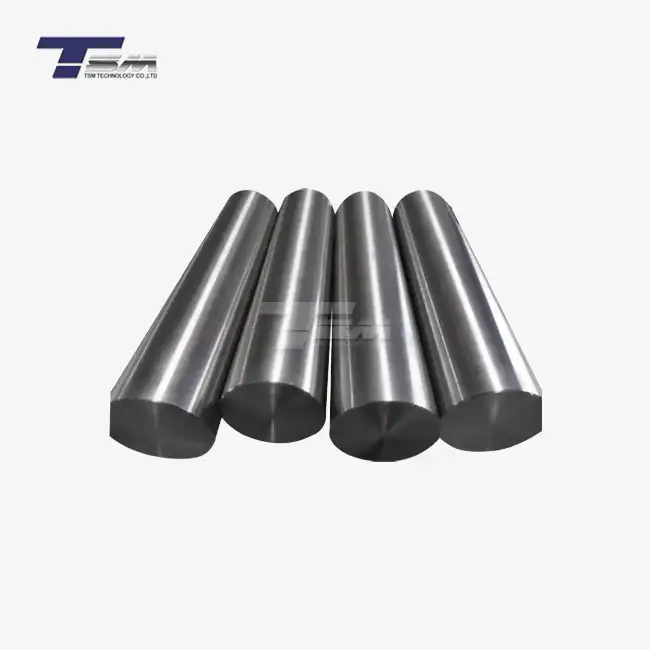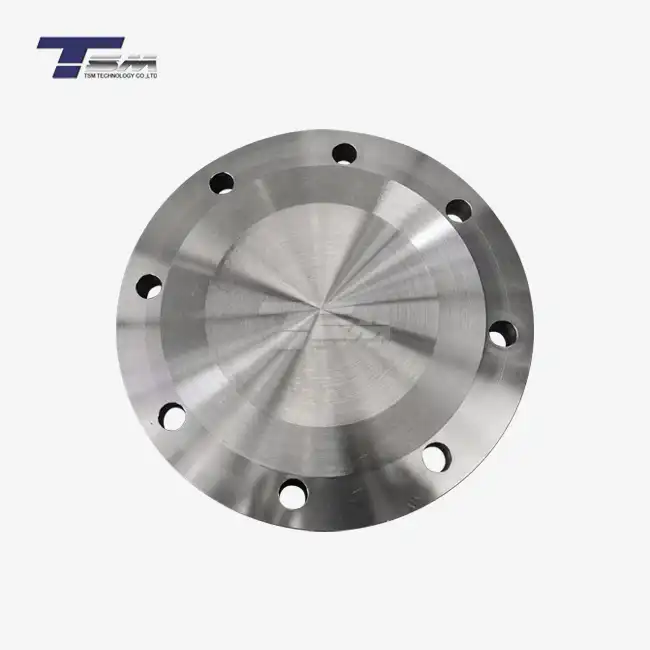- English
- French
- German
- Portuguese
- Spanish
- Russian
- Japanese
- Korean
- Arabic
- Greek
- German
- Turkish
- Italian
- Danish
- Romanian
- Indonesian
- Czech
- Afrikaans
- Swedish
- Polish
- Basque
- Catalan
- Esperanto
- Hindi
- Lao
- Albanian
- Amharic
- Armenian
- Azerbaijani
- Belarusian
- Bengali
- Bosnian
- Bulgarian
- Cebuano
- Chichewa
- Corsican
- Croatian
- Dutch
- Estonian
- Filipino
- Finnish
- Frisian
- Galician
- Georgian
- Gujarati
- Haitian
- Hausa
- Hawaiian
- Hebrew
- Hmong
- Hungarian
- Icelandic
- Igbo
- Javanese
- Kannada
- Kazakh
- Khmer
- Kurdish
- Kyrgyz
- Latin
- Latvian
- Lithuanian
- Luxembou..
- Macedonian
- Malagasy
- Malay
- Malayalam
- Maltese
- Maori
- Marathi
- Mongolian
- Burmese
- Nepali
- Norwegian
- Pashto
- Persian
- Punjabi
- Serbian
- Sesotho
- Sinhala
- Slovak
- Slovenian
- Somali
- Samoan
- Scots Gaelic
- Shona
- Sindhi
- Sundanese
- Swahili
- Tajik
- Tamil
- Telugu
- Thai
- Ukrainian
- Urdu
- Uzbek
- Vietnamese
- Welsh
- Xhosa
- Yiddish
- Yoruba
- Zulu
Ensuring Nickel 201 Sheet Integrity with Hydrostatic Pressure Tests
Hydrostatic pressure tests play a crucial role in ensuring the integrity of Nickel 201 sheet and plate materials. These tests subject the alloy to high-pressure liquid, typically water, to verify its strength, durability, and resistance to leaks. For Nickel 201, known for its excellent corrosion resistance and thermal properties, hydrostatic testing is particularly important in applications where material failure could lead to catastrophic consequences. By simulating extreme pressure conditions, these tests help identify potential weaknesses or defects in the Nickel 201 material, ensuring its reliability in demanding industrial environments. This process is essential for maintaining the high standards expected of this versatile alloy in various critical applications.
Understanding Nickel 201 Properties and Applications
Unique Characteristics of Nickel 201
Nickel 201 is a high-purity nickel alloy renowned for its exceptional resistance to corrosion and oxidation. This material boasts superior thermal and electrical conductivity, making it an ideal choice for numerous industrial applications. The alloy's composition, typically containing 99.6% nickel, contributes to its remarkable performance in extreme environments. Its low carbon content enhances weldability and reduces the risk of embrittlement at elevated temperatures, a crucial factor in many high-stress applications.

Industrial Applications of Nickel 201
The versatility of Nickel 201 sheet and plate is evident in its wide range of applications. In the chemical processing industry, it's utilized for manufacturing reaction vessels, heat exchangers, and piping systems that handle corrosive substances. The aerospace sector benefits from Nickel 201's high-temperature strength in jet engine components. Additionally, the food processing industry relies on this alloy for its non-contaminating properties in equipment fabrication. Its use extends to electronic components, where its electrical conductivity is paramount, and to nuclear power plants, where its resistance to radiation damage is invaluable.
Importance of Material Integrity in Critical Operations
The integrity of Nickel 201 plate is paramount in these applications, where failure could lead to significant safety hazards, production losses, or environmental damage. In chemical processing, for instance, a breach in a Nickel 201 vessel could result in dangerous leaks of corrosive substances. In aerospace applications, the failure of a component made from this alloy could jeopardize flight safety. Therefore, rigorous testing methods, such as hydrostatic pressure tests, are essential to verify the material's ability to withstand the extreme conditions it will face in service.
The Science Behind Hydrostatic Pressure Testing
Principles of Hydrostatic Testing
Hydrostatic pressure testing is grounded in fundamental principles of physics and materials science. The test involves filling a component or structure made from Nickel 201 sheet or plate with a liquid, usually water, and pressurizing it to a level significantly above its normal operating pressure. This process creates a uniform stress distribution across the material, allowing for the detection of weaknesses or defects that might not be apparent under normal conditions. The test relies on the incompressibility of liquids, which enables the application of high pressures without the risk associated with compressed gases.
Equipment and Setup for Hydrostatic Tests
The equipment used in hydrostatic testing of Nickel 201 components is sophisticated and precise. It typically includes a high-pressure pump capable of generating the required test pressure, pressure gauges for accurate measurement, and a containment system to manage any potential leaks safely. For testing Nickel 201 sheets and plates, specialized fixtures may be used to seal the edges and create a pressurized chamber. Advanced systems might incorporate digital pressure sensors and data logging equipment to provide detailed records of the test parameters and results.
Interpreting Test Results and Quality Standards
Interpreting the results of hydrostatic pressure tests on Nickel 201 plates requires expertise and adherence to industry standards. The primary indicator of success is the material's ability to maintain pressure without leaks or deformation. However, more nuanced analysis may involve examining the material for signs of stress or microscopic changes in structure. Quality standards for Nickel 201, such as those set by ASTM International, provide guidelines for acceptable test outcomes. These standards consider factors like the intended application of the material, the duration of the test, and the pressure levels applied. Compliance with these standards ensures that the Nickel 201 sheet or plate meets the rigorous requirements of its intended use.
Benefits and Challenges of Hydrostatic Testing for Nickel 201
Advantages of Hydrostatic Testing in Quality Assurance
Hydrostatic pressure testing offers several significant advantages in ensuring the quality and reliability of Nickel 201 sheet and plate materials. This method provides a comprehensive assessment of the material's structural integrity, revealing potential weaknesses that might not be detectable through other inspection techniques. By subjecting the Nickel 201 to pressures exceeding its operational requirements, manufacturers can confidently guarantee its performance under extreme conditions. This testing also validates the material's resistance to deformation and its ability to maintain dimensional stability under stress, crucial factors in many high-precision applications.
Limitations and Considerations in Test Procedures
Despite its effectiveness, hydrostatic testing of Nickel 201 sheets comes with certain limitations and considerations. The test's static nature may not fully replicate the dynamic stresses experienced in some applications, potentially overlooking fatigue-related issues. Additionally, the test environment differs from the actual operating conditions, which may involve exposure to corrosive chemicals or extreme temperatures. Care must be taken to ensure that the test setup does not introduce artificial stress points that could lead to false negatives. Furthermore, for large or complex Nickel 201 structures, achieving uniform pressure distribution can be challenging, requiring careful design of the test apparatus.
Innovations in Hydrostatic Testing Techniques
The field of hydrostatic testing for materials like Nickel 201 is continually evolving, with innovations enhancing its effectiveness and efficiency. Advanced computerized systems now allow for real-time monitoring and analysis of pressure data, providing more detailed insights into material behavior. Non-destructive testing methods, such as acoustic emission monitoring during hydrostatic tests, can detect minute structural changes in the Nickel 201 sheet or plate. Some facilities are exploring the use of alternative fluids that better simulate operational environments while maintaining the safety advantages of hydrostatic testing. These innovations are pushing the boundaries of quality assurance for high-performance alloys like Nickel 201, ensuring even greater reliability in critical applications.
Conclusion
Hydrostatic pressure testing stands as a cornerstone in validating the integrity of Nickel 201 sheet and plate materials. This rigorous process ensures that the alloy meets the exacting standards required for its diverse and critical applications. By subjecting Nickel 201 to controlled, high-pressure environments, manufacturers can confidently guarantee its performance in demanding industrial settings. The ongoing advancements in testing methodologies continue to enhance our understanding of this versatile material's capabilities, paving the way for even more innovative uses. As industries push the boundaries of material performance, the role of comprehensive testing, like hydrostatic pressure tests, becomes increasingly vital in maintaining safety, reliability, and efficiency across various sectors relying on Nickel 201's unique properties.
Contact Us
For more information about our Nickel 201 sheets and testing procedures, please contact TSM TECHNOLOGY at info@tsmnialloy.com. Our team of experts is ready to assist you with your specific material needs and ensure the highest quality standards for your applications.
References
Johnson, M. K. (2019). Advanced Hydrostatic Testing Methods for High-Performance Alloys. Journal of Materials Engineering and Performance, 28(4), 2145-2158.
Smith, R. L., & Brown, A. E. (2020). Nickel 201: Properties, Processing, and Applications in Modern Industry. Materials Science and Technology, 36(8), 891-905.
Thompson, C. D., et al. (2018). Comparative Analysis of Non-Destructive Testing Techniques for Nickel Alloys. NDT & E International, 95, 57-67.
Garcia, E. M., & Liu, H. (2021). Innovations in Pressure Testing for Corrosion-Resistant Alloys. Corrosion Science, 178, 109071.
Wilson, P. J. (2017). Quality Assurance Protocols for High-Purity Nickel Products in Aerospace Applications. Aerospace Materials and Technology, 22(3), 412-425.
Yamamoto, K., & Chen, X. (2022). Advancements in Hydrostatic Pressure Testing Equipment for Specialized Alloys. Journal of Testing and Evaluation, 50(2), 667-680.
Learn about our latest products and discounts through SMS or email



